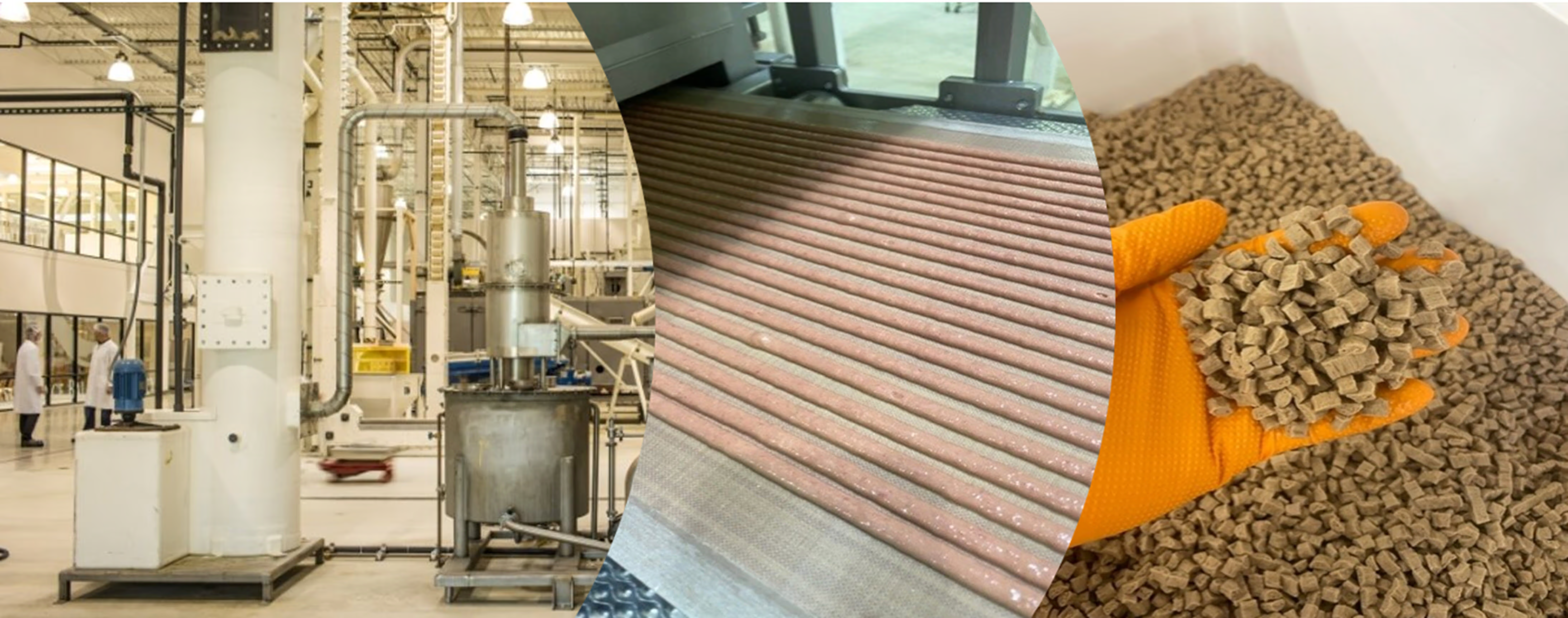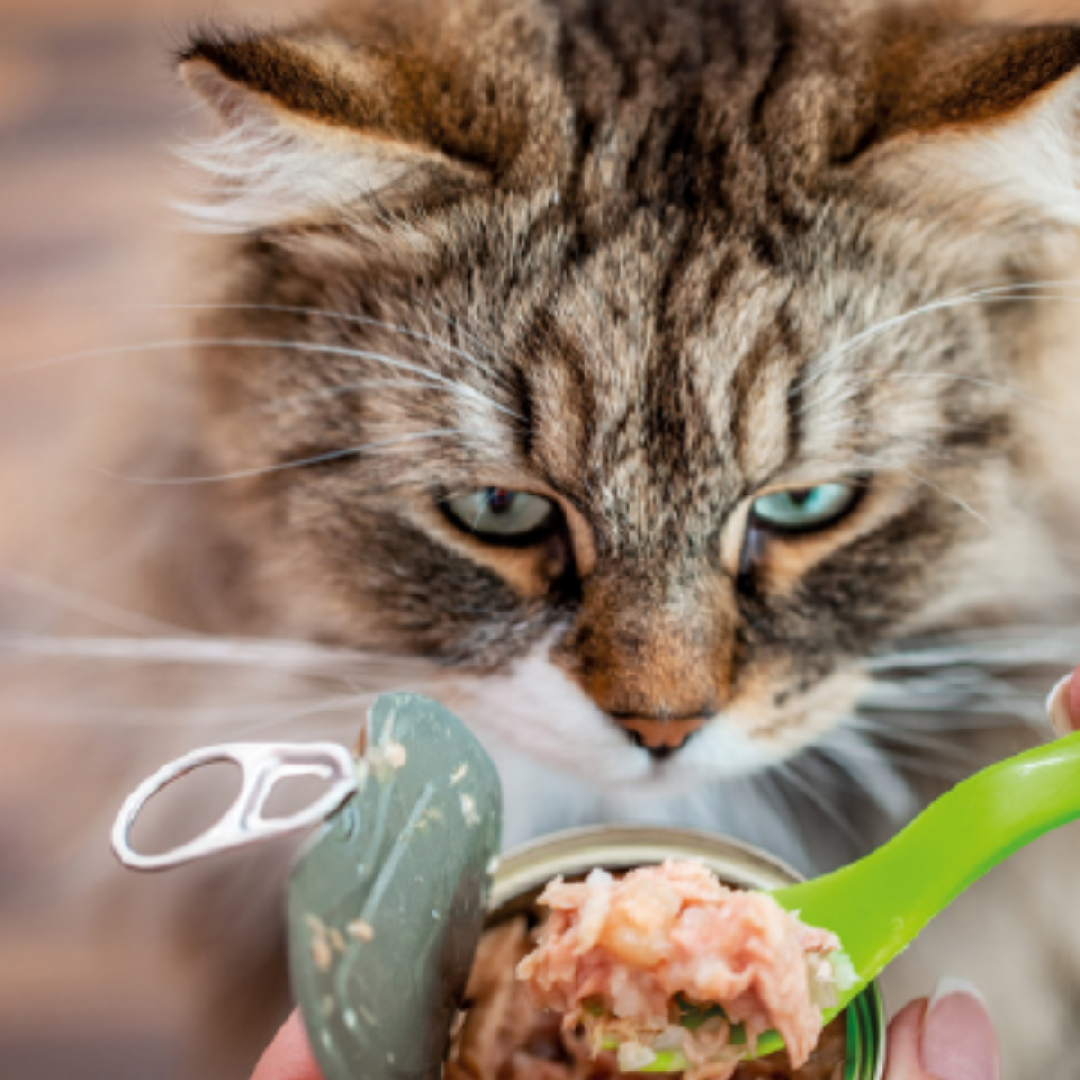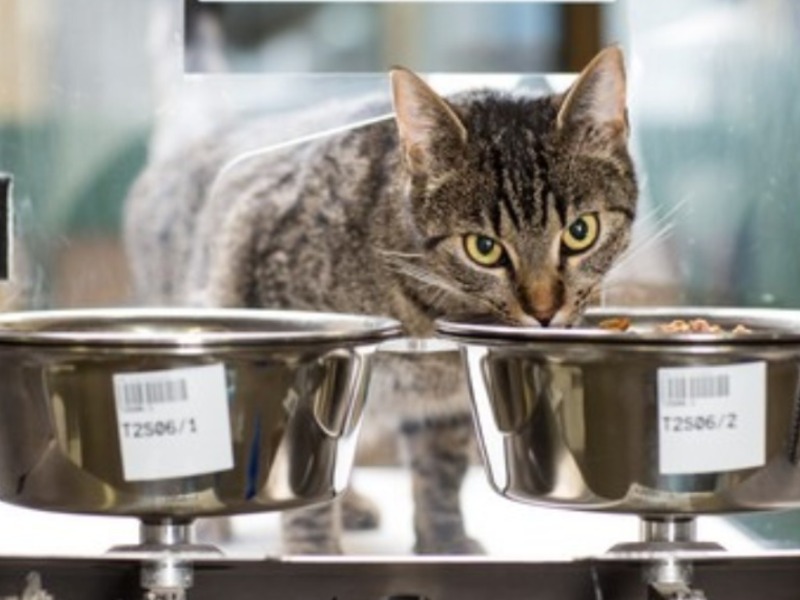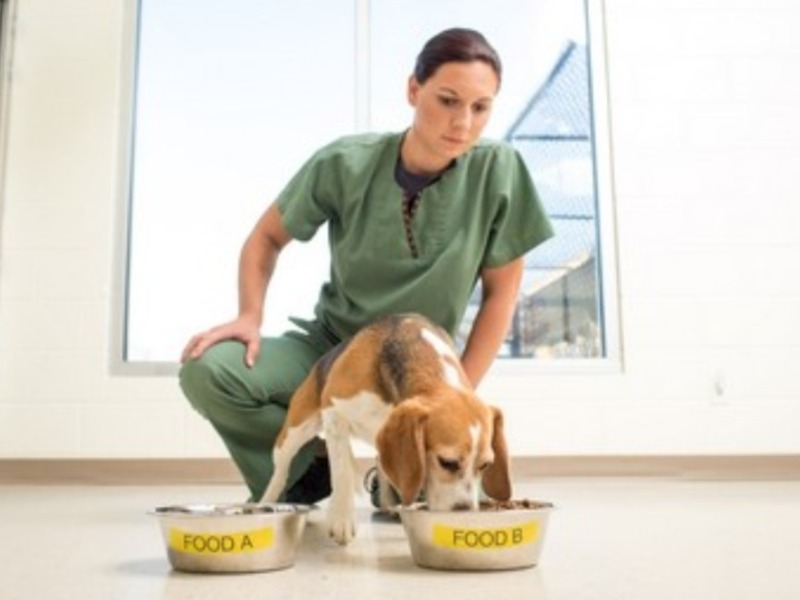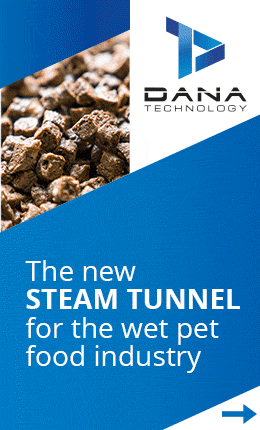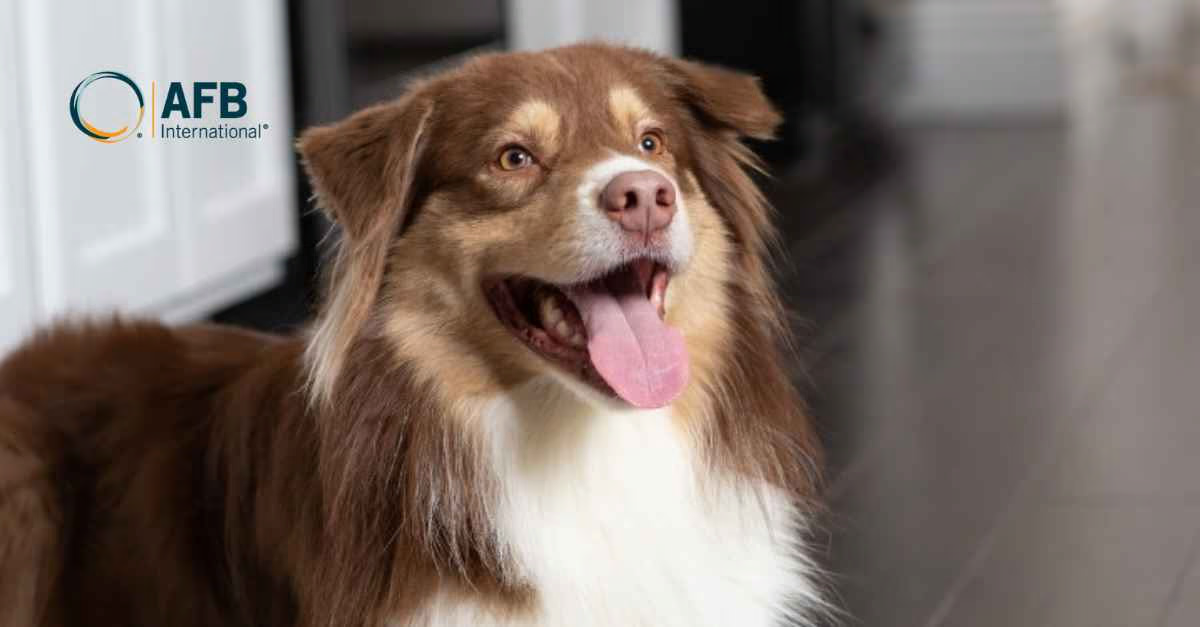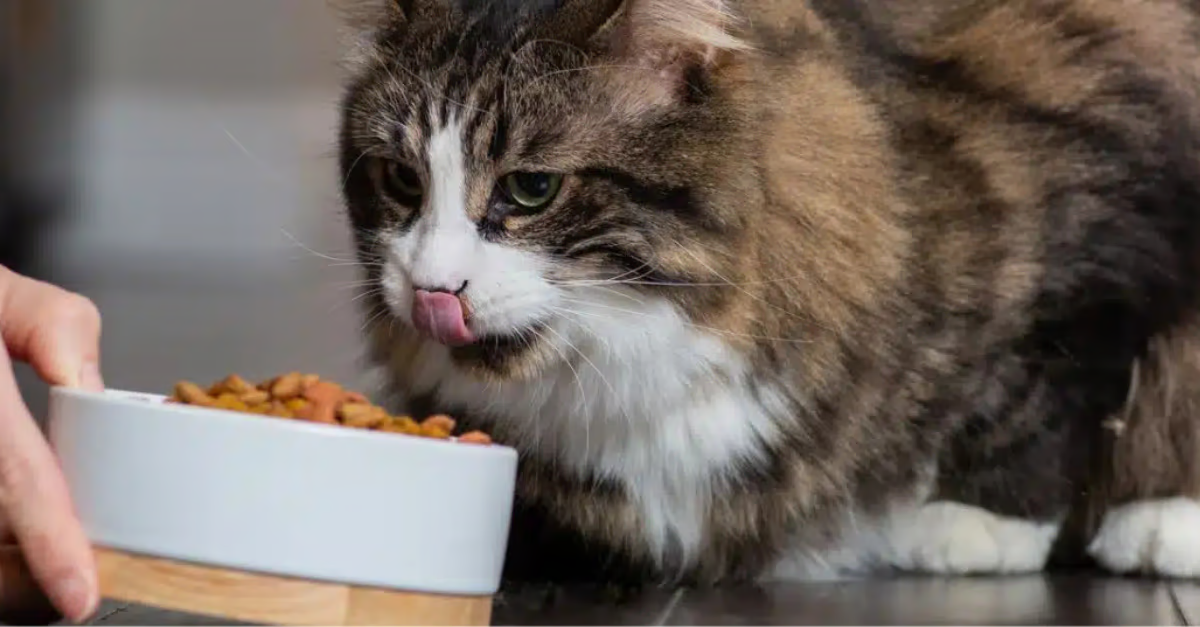Overview
Palatants designed for wet pet food applications face a unique challenge compared to palatants designed for kibble coating that is thermal processing. Wet pet food palatants may be exposed to one or more thermal processing steps, such as steam or retorting before being consumed. These thermal processing steps have the ability to alter a palatant's color, composition, and performance.
Thermal processing of palatants also generates various organic compounds which can enhance the aroma of the formulations. During this study, we examined the effect of thermal processing on the: (a) color development, (b) compositional changes, (c) palatability, (d) the release of volatile organic compounds from eight different palatants.
Experimental design
A total of eight palatants were chosen, comprising two derived from fish proteins (WP1 & WP2), three from chicken proteins (WP3, WP4 & WP5), two from vegetable proteins (WP6 & WP7), and one from dairy proteins (WP8). The palatants were subjected to thermal processing for simulating the retort conditions used during the sterilization of wet pet food. Thereafter, the volatile organic compounds were analyzed to determine their variability.
Fifteen cats were included in a two-bowl palatability test, with each bowl containing a raw mixture of meat and 1% inclusion of palatant (WP2, WP3, WP6, WP7 or WP8), heated in a pressurized retorting system (F0 value of 8). The control bowl was the same for all tests and it contained WP1 (palatant with fish protein). Each cat's first choice was recorded, and the intake ratio was calculated (in %). The differences in diet preference were tested using Friedmans two-way ANOVA.
Results

Figure 1 Thermal processing of wet pet food palatants may result in color change.
Thermal processing can impact a palatant's color and composition. The extent of this impact on palatant color varies depending on the formulation of the palatant. Figure 1 shows that there may be great differences in color, such as WP6 (vegetable proteins) and WP8 (dairy proteins), and some may have so little that the difference is not even visible to the naked eye, WP1 (fish proteins).

Marketplace
Figure 2 Thermal processing of wet food palatants may result in compositional change.
The findings also revealed that WP8 (dairy proteins) and WP4 (chicken proteins) exhibit considerable differences in the compositions before and after thermal processing as seen in Figure 2. On the contrary, WP6 (vegetable proteins) and WP7 (vegetable proteins) show similarities before the reaction, but as the reaction progresses, they start developing in different directions.
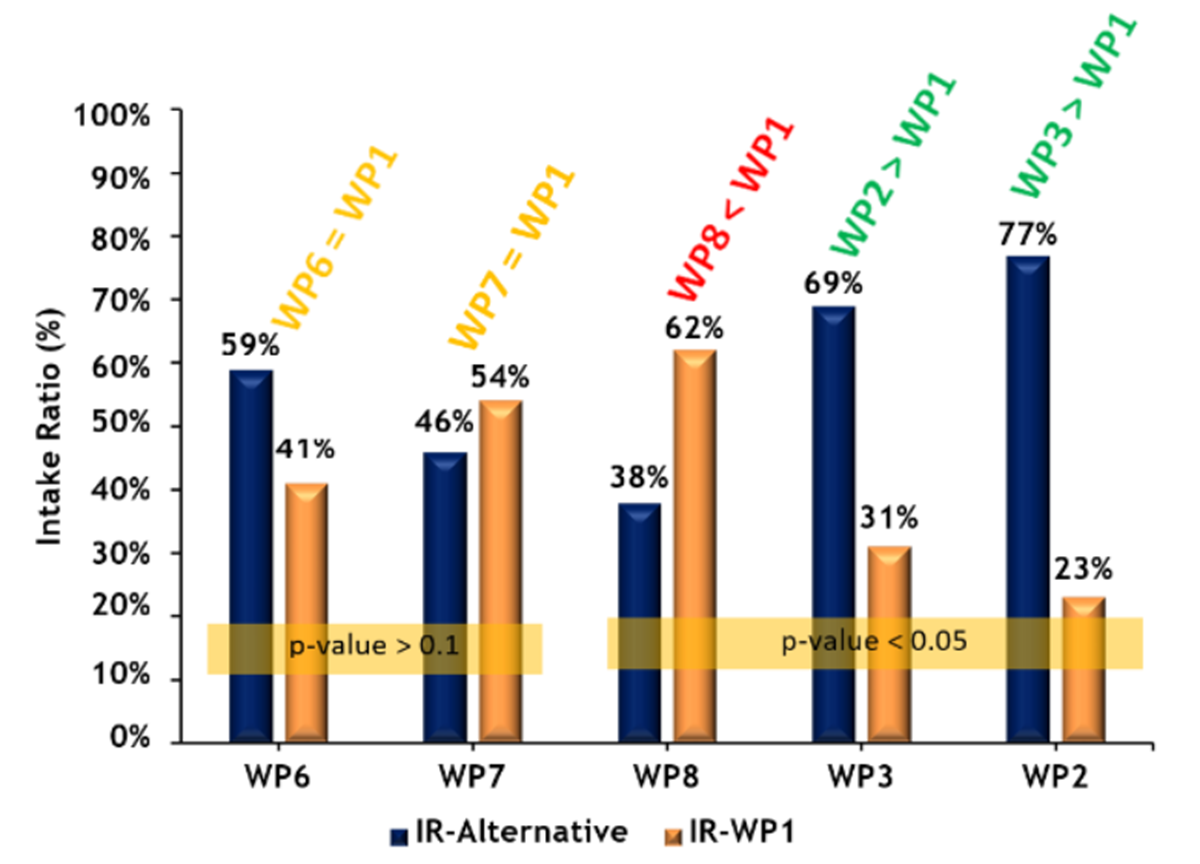
Figure 3 Palatability results of wet pet food palatants after thermal processing.
Palatants WP2, WP3, WP6, WP7, and WP8 were chosen for palatability testing and volatile organic compound (VOC) analysis. The palatability results can be seen in Figure 3, revealing that WP6 (vegetable proteins) and WP7 (vegetable proteins) had significantly equal, WP8 had significantly lower, whereas WP2 (fish proteins) and WP3 (chicken proteins) had significantly better palatability compared to WP1 (fish proteins). Having identified which palatants have superior palatability after thermal processing; it was needed to determine which VOCs were generated and their relation to increased palatability.
Eighty different VOC's were detected and used to group palatants that produced similar compounds under thermal processing. The grouping, as well as the results from palatability, was used to divide the palatants into two classes: premium and super-premium. This classification can be seen in Figure 4. It was noted that the palatants classified as premium contained higher concentrations of aldehydes, whereas the super-premium palatants had higher concentrations of sulfur containing compounds.

Figure 4 Classification of wet pet food palatants according to VOC composition and palatability.
Conclusion
Thermal processing can impact a palatant's composition and color. This compositional change includes the generation of high concentrations of certain volatile organic compounds that enhance the flavor and palatability. High concentrations of sulfur containing compounds were noted in super-premium palatants and high concentrations aldehydes in premium palatants.
AFB understands how thermal processing can impact the palatant's color, composition and palatability and is thereby able to produce wet pet food palatants that remain stable during thermal processing.
For more information, contact your Account Representative or afbinternational.com/contact.
By AFB International
Source: All Pet Food Magazine
You could be interested: Wet Pet Food Quality
About company
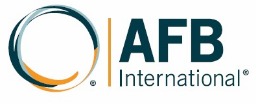
About company
WHAT WE DO
At AFB International, we develop and produce a full range of liquid and dry palatability enhancers. We use high-quality ingredients proven to optimize companion animal response and consumption.
Our specialty? Meeting your unique needs with custom support. Our worldwide staff of technical experts is ready to assist you with all aspects of palatability enhancement, from product development and testing to processing, logistics and more.
HOW WE WORK
Our successful customer relationships are built on clear, consistent communication—starting with really listening to understand your needs so we can respond quickly and effectively. And we keep listening. AFB scientists and technical service managers routinely travel to customer facilities to clearly understand the challenges at hand and the systems in place. Then we can recommend the best viable solutions.
OUR TEAM
AFB is dedicated to improving the health and wellness of companion animals worldwide through superior products and services. Our diverse, committed team works collaboratively to serve our clients. Get to know us—and let us know how we can help you!
HISTORY
AFB launched in 1986 and has grown to be the global science and technology leader in pet food palatability. Headquartered in St. Charles, Missouri, USA, AFB is a global company with state-of-the-art facilities in the United States, Argentina, Brazil, Mexico, the Netherlands, China, and Australia. AFB is a wholly owned subsidiary of Ensign-Bickford Industries, Inc., a privately held, family-owned, professionally managed technical business that traces its roots back more than 185 years.














